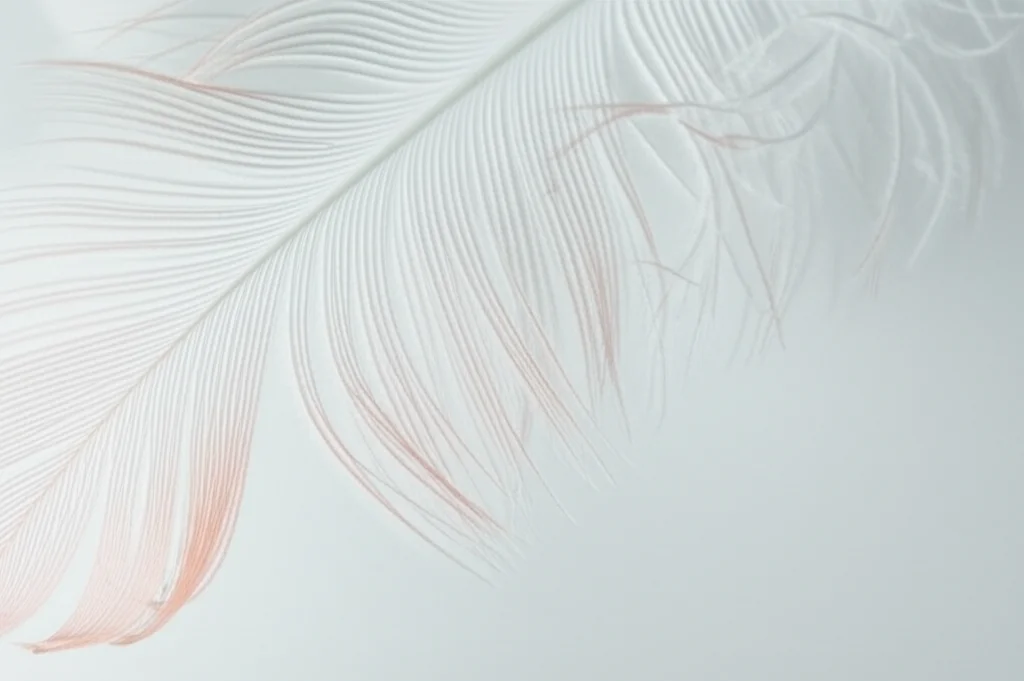When you think of The Wizard of Oz, whether it’s L. Frank Baum’s beloved book series, the classic 1939 musical film, or modern adaptations like Wicked, one name shines brightly among the characters: Glinda the Good Witch. Regal, kind, and wise, Glinda has long captivated audiences as one of the most influential figures in the magical land of Oz. But who exactly is Glinda? What makes her so significant in the story, and why does she continue to enchant audiences over a century after her debut?
In this in-depth guide, we’ll explore the fascinating origins, characteristics, and cultural impact of Glinda the Good Witch.
The Origins of Glinda the Good Witch
Glinda was first introduced in L. Frank Baum’s classic 1900 novel, The Wonderful Wizard of Oz. However, her portrayal in the book and in later adaptations differs quite significantly.
- In Baum’s Book: Glinda is known simply as “Glinda the Good,” the Good Witch of the South. She is one of the most powerful sorceresses in Oz, wise, authoritative, and deeply respected.
- In the 1939 Film Adaptation: Glinda’s role was adjusted. Instead of being the Witch of the South, she appears as the Good Witch of the North (possibly to simplify the story for viewers). Played by Billie Burke, she wears the iconic sparkling pink gown and a dazzling crown, forever cementing her as a radiant, benevolent figure in pop culture.
This duality of Glinda her literary roots and her cinematic reinterpretation has contributed to her lasting legacy and the fascination fans feel toward her.
Glinda’s Role in the Story of Oz
Guiding Dorothy on Her Journey
Glinda is pivotal in Dorothy’s adventure. After Dorothy’s house lands in Oz, Glinda welcomes her and provides her with the ruby slippers (silver shoes in the original book), which ultimately hold the power to send Dorothy back home.
Her method of guiding Dorothy, however, is often the subject of debate. In many versions, Glinda doesn’t immediately reveal the power of the shoes. Instead, she allows Dorothy to embark on her journey, facing trials, meeting allies (Scarecrow, Tin Man, Cowardly Lion), and defeating the Wicked Witch. Only later does Glinda reveal that Dorothy had the ability to return home all along.
While some see this as mysterious or even frustrating, others interpret it as a lesson: Dorothy needed to grow, learn courage, and discover her own strength before she could recognize the true value of “home.”
A Force of Goodness in Oz
Unlike the Wicked Witches of the East and West, Glinda represents goodness, compassion, and wisdom. She is not only kind but also politically savvy and careful in how she intervenes. Her true power lies less in flashy spells and more in her ability to guide, influence, and protect.
The Characteristics of Glinda the Good Witch
What makes Glinda such a memorable figure in literature and film? Let’s explore some of her defining qualities:
1. Kindness and Warmth
Glinda’s gentle nature sets her apart from many characters in Oz. She always treats Dorothy, Munchkins, and others with patience and care.
2. Wisdom Beyond Magic
Unlike other witches who rely on raw power, Glinda emphasizes knowledge and guidance. Her wisdom makes her an advisor and protector, not just a sorceress.
3. Power and Authority
While she is gentle, Glinda is also one of the most powerful beings in Oz. She rules the Quadling Country (the South in the books) and commands respect across the land. This duality soft-spoken kindness and immense authority makes her unique among fantasy characters.
4. Symbol of Hope and Light
Her very appearance is associated with beauty, brightness, and purity. With her flowing gown and sparkling crown in the film, she personifies the archetype of the “fairy godmother” figure, offering reassurance and direction.
Glinda in The Wizard of Oz Film (1939)
For many, Billie Burke’s portrayal of Glinda in the 1939 MGM musical defines the character. Her high, melodic voice, graceful gestures, and shimmering presence left an indelible mark on audiences.
Key cinematic contributions include:
- Introducing Dorothy to Oz and giving her the ruby slippers.
- Offering moral guidance while urging Dorothy to follow the Yellow Brick Road.
- Reappearing at the end to reveal Dorothy’s true power to return home.
This film portrayal was so influential that many people are unaware that in the original book, Glinda was not the same witch we meet in the opening of the story.
Glinda in Wicked: A Reimagined Perspective
The Broadway sensation Wicked completely reimagines Glinda’s character, giving her depth, personality quirks, and even flaws. Here:
- She is initially a bubbly, somewhat shallow young woman, often portrayed with humor and charm.
- Over time, as her friendship with Elphaba (the Wicked Witch of the West) develops, audiences see Glinda’s resilience, kindness, and moral conflicts shine through.
This interpretation makes Glinda more relatable and human. Instead of being simply a perfect, angelic figure, she becomes multi-dimensional, with personal struggles and growth that mirror real-life complexities.
Symbolism of Glinda the Good Witch
Glinda isn’t just a character—she’s a symbolic figure in literature and popular culture.
- Hope and Protection: Represents the idea that goodness can be both powerful and nurturing.
- Moral Compass: Guides Dorothy (and audiences) through the realization that true power often lies within oneself.
- Balance Against Evil: Juxtaposed with the Wicked Witch, she embodies the eternal struggle between light and dark, kindness and cruelty.
Life Lessons We Can Learn from Glinda
Glinda’s character offers several timeless lessons for readers and audiences:
-
Guidance Doesn’t Mean Doing Everything for Others
– Sometimes the best help is showing someone their potential, not solving their problems for them. -
Power Can Be Gentle
– Real strength doesn’t always roar; sometimes it shines in kindness and patience. -
True Wisdom Lies in Knowing When to Speak
– Glinda’s calm, collected approach teaches us the importance of choosing the right words at the right time. -
We Often Have What We Need Already
– Dorothy’s journey proves that we sometimes seek externally for solutions that exist within ourselves.
Glinda’s Lasting Influence in Popular Culture
Glinda remains a cultural icon, reappearing in countless adaptations, musicals, and retellings. From children’s storybooks to blockbuster stage shows, she continues to inspire new generations.
- Costumes: Her glittering gown and crown are staple choices for Halloween and cosplay.
- Parody and References: From cartoons to TV shows, the image of a sparkling, wand-wielding fairy-like figure often draws inspiration from Glinda.
- Modern Feminism and Interpretation: Some scholars and fans see Glinda as a representation of female empowerment—an independent ruler who embodies authority without sacrificing compassion.
Conclusion: The Eternal Glow of Glinda the Good Witch
Glinda the Good Witch isn’t just a character in Ozshe’s a timeless archetype of wisdom, kindness, and guidance. Whether we meet her in Baum’s original books, the unforgettable 1939 film, or the modern Wicked musical, Glinda continues to shine as a beacon of goodness in fantastical storytelling.
Her ability to inspire lessons in compassion, self-discovery, and the gentle use of power ensures that Glinda’s legacy will forever float in the cultural imagination like a magical bubble drifting across the sky of and Click Here for more blogs .














Leave a Reply